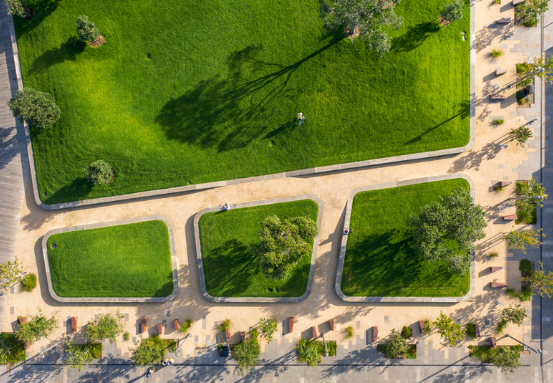Landscape architecture plays a vital role in shaping our outdoor spaces, enhancing both functionality and aesthetic appeal. As urbanization increases and environmental concerns grow, understanding landscape architecture becomes essential for creating sustainable and livable communities. This blog post explores the significance of landscape architecture and the benefits it brings to our daily lives.
The Impact of Landscape Architecture on Urban Spaces
Landscape architecture significantly transforms urban areas by integrating green spaces into cities. Parks, community gardens, and green roofs not only beautify neighborhoods but also improve air quality and promote biodiversity. These spaces serve as essential recreational areas, fostering social interactions and enhancing mental well-being. Additionally, well-planned landscapes help manage stormwater, reducing urban flooding and minimizing heat islands, which is increasingly crucial as climate change affects city dynamics.
Sustainable Practices in Landscape Architecture
Sustainability is at the core of modern landscape architecture. Professionals in this field prioritize eco-friendly design principles that promote environmental stewardship. Techniques such as xeriscaping, using native plant species, and implementing renewable materials reduce resource consumption and create resilient landscapes. Furthermore, integrating technology like green walls and smart irrigation systems can optimize water use, making landscapes more efficient. By embracing sustainability, landscape architects contribute to the health of the planet while meeting the needs of communities.
Innovative Trends in Landscape Design
As society evolves, so does landscape architecture, with new trends continually emerging. Urban farming and permaculture are gaining traction, allowing city dwellers to grow their own food while enhancing food security. Additionally, the incorporation of technology in landscape design, such as augmented reality and interactive installations, provides unique experiences for visitors. Emphasizing mental health, designs now focus on creating serene environments, incorporating elements like water features and sensory gardens. These trends reflect a growing awareness of the connection between nature and well-being, highlighting the importance of thoughtful landscape design.
In conclusion, landscape architecture is about more than just aesthetics; it plays a crucial role in creating sustainable, functional, and enjoyable outdoor spaces. By understanding its impact, we can appreciate the effort that goes into designing our landscapes. If you’re interested in exploring more about landscape architecture or want to implement some of these ideas in your own space, consider reaching out to a landscape architect or attending local workshops. Your outdoor environment is waiting to be transformed!

